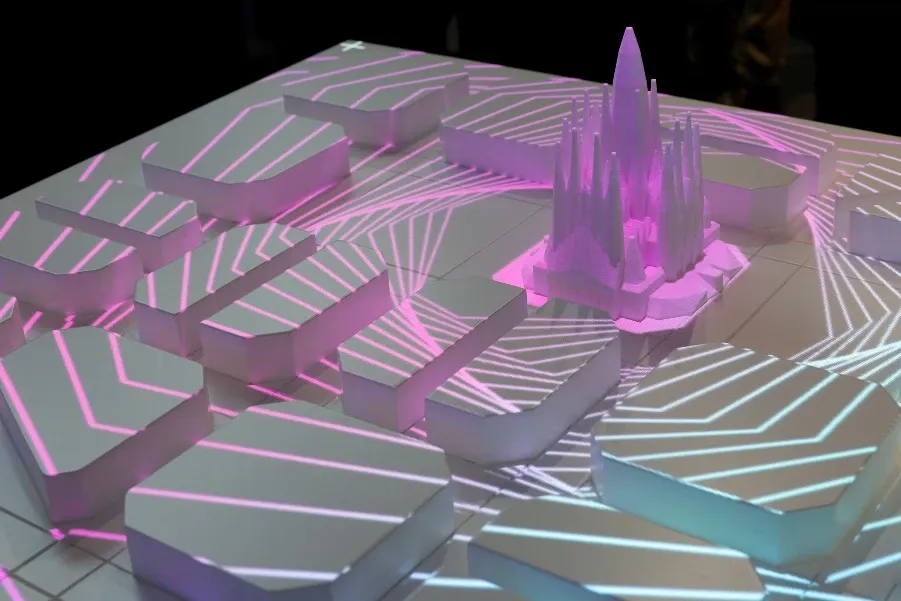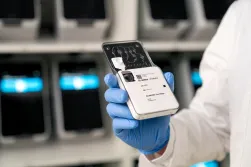d-LAB, the Mobile World Capital Barcelona digital transformation programme, has presented the results of its project connecting the latest Big Data and IoT technologies with tourism at the Sagrada Familia church. The project has been completed in partnership with Barcelona City Hall, Eurecat and Orange with the support of GSMA.
The project applies Big Data and Internet of Things solutions in the analysis of the tourist flows around the temple, in order to know the dynamics of mobility of the visitors, how their presence impacts in the environment and the use that they make of the public transportation to move around, among other aspects.
After the launch of this pilot project in November, which was presented in the last edition of the Smart City Expo World Congress, Bárbara Vallespín, the Programme Director at d-LAB, has highlighted the impact and benefits of technology in city governance. The initiative has allowed information on the behavioural and mobility patterns of visitors to Gaudí’s church to be gathered and analysed.
The data was collected on both macro and micro levels. The macro phase, built on Big Data technology, gathered information on visitor profiles: tourists, visitors with at least one overnight stay, travellers, day trippers who do not stay in the city overnight, or visitors who only venture into the city for its nightlife, with an average stay from 18:00 to 06:00. Using these models, the project analysed the city’s internal mobility patterns. This initiative has transcended traditional evaluation methods (surveys) and applied Big Data and the data of a mobile operator (Orange) to analyse these movements.
This macro level of analysis established that the routes between city districts most followed by tourists plot a course through the Eixample, Ciutat Vella and Sants-Montjuïc (in both directions). However, the second phase of the project (micro analysis) was launched to determine mobility patterns at street level: IoT elements were implemented in order to evaluate the reach of micro mobility in the Sagrada Familia area.
Using Wi-Fi, GSM and 3D sensors over the course of 4 weeks, the main entry and exit points at the church were determined, and the crossroads between Mallorca and Marina streets was identified as having the maximum density of movement. This phase demonstrated that 50% of tourists stay in the Sagrada Familia area for less than 40 minutes, while only 20% enter the church itself. The busiest visiting times are between 10:00 and 12:00, and this pattern is repeated at the weekend, with an increased number of visitors in the afternoon.
d-LAB currently has 2 other active pilot projects that take a closer look at the potential of digital transformation in sectors such as health or relations between citizens and public administration agencies. The second project, based on the use of the mConnect solution for digital public services, works towards the construction of secure, barrier-free digital environments allowing access to the services offered by public administration agencies. The final pilot project underway applies mConnect in the private health sector.



















